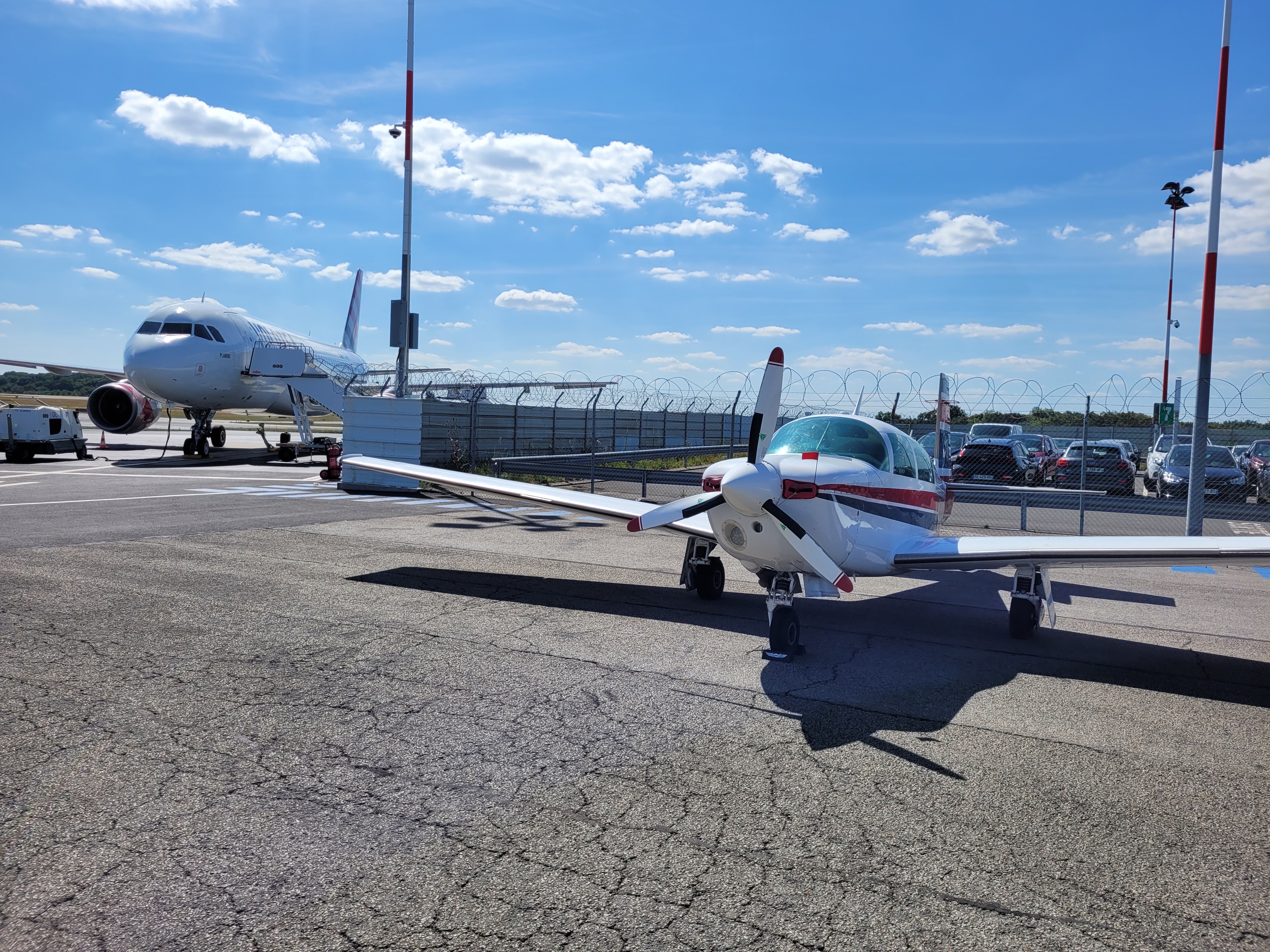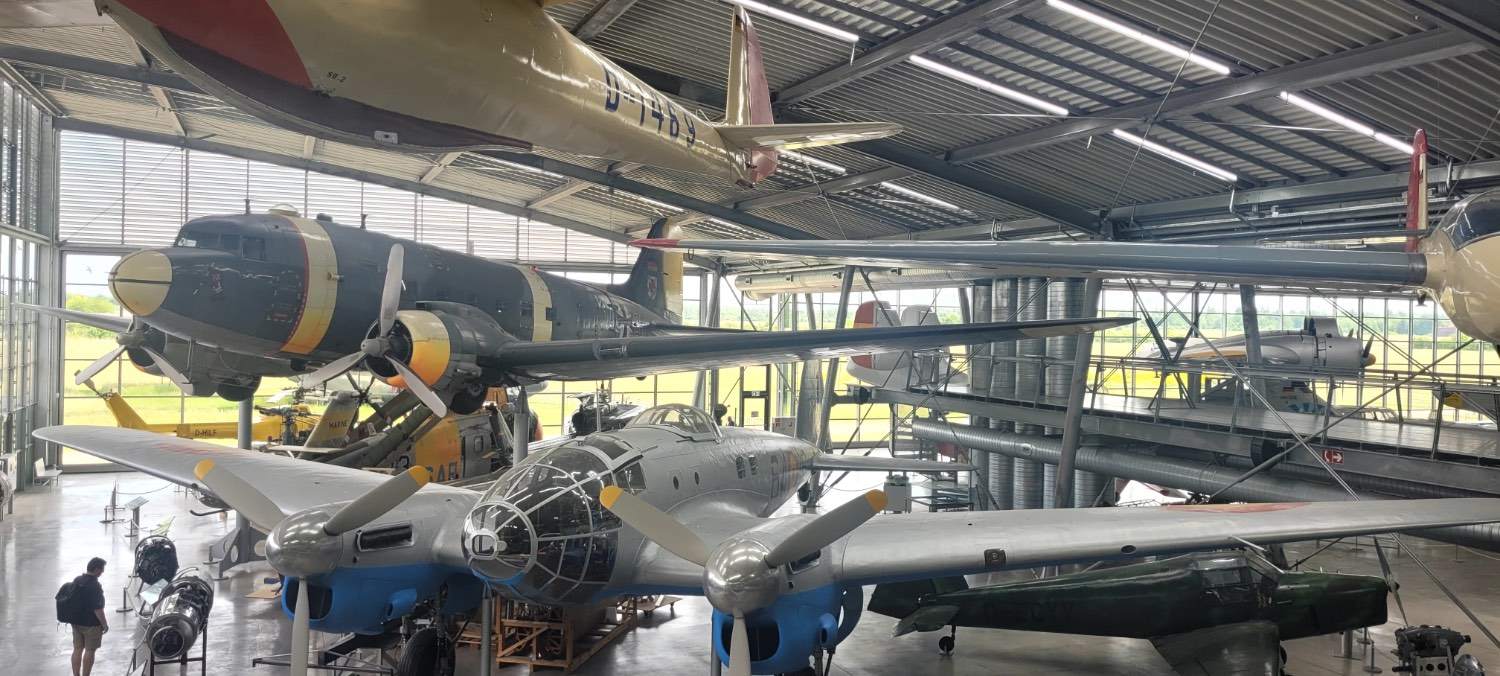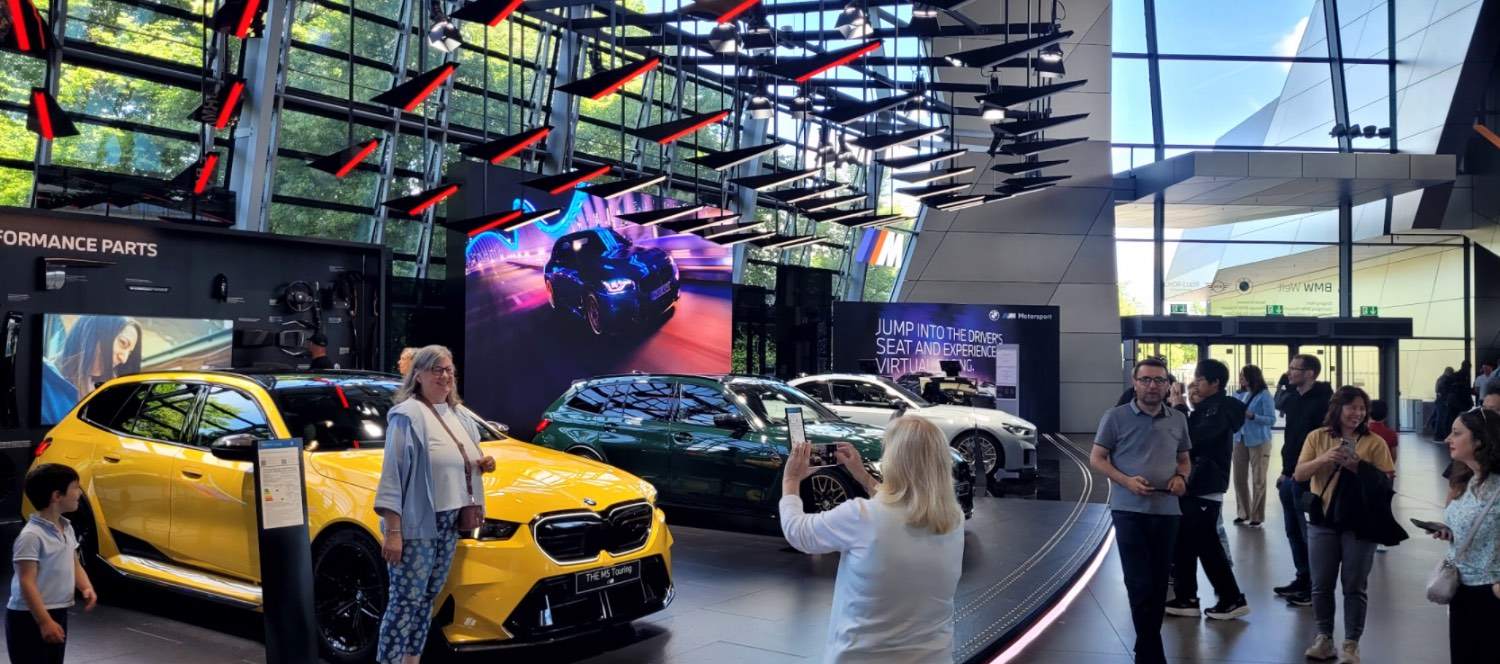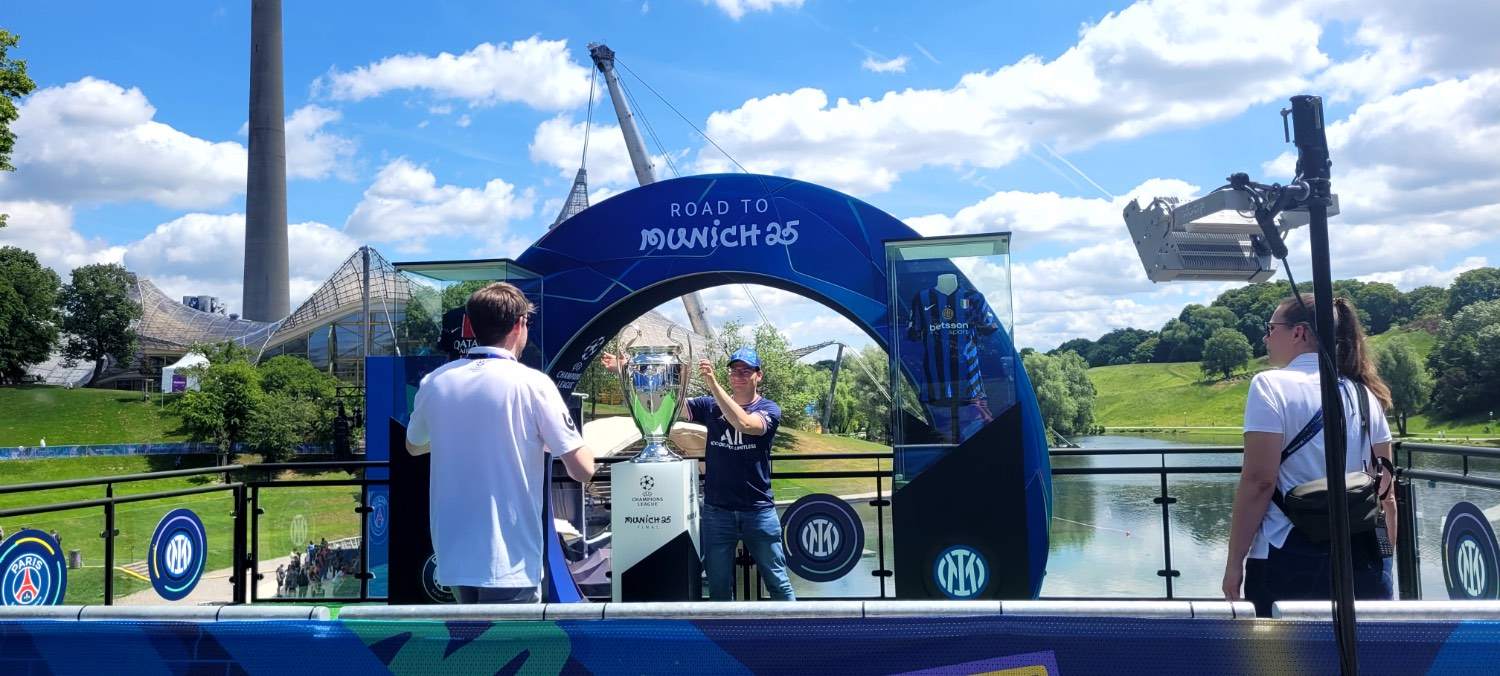-
Posts
1,160 -
Joined
-
Last visited
Content Type
Profiles
Forums
Blogs
Gallery
Downloads
Media Demo
Events
Everything posted by Ibra
-
I managed to get to EAA Airventure on Wednesday, right after rain has stopped, the hospitality of Wisconsin and the volunteers is unmatched (big thanks to all volunteers who are running such huge event). Then the night airshow and that tribute to Rob Holland was very moving and memorable ! Hopefully, one day, I will fly Mooney and stay for the whole week...
-
I have seen bunch of stuff (trades, fairs, workshops) last time but guetted that I missed night airshow. Obviously, Airventure is lot more than that. As someone said, we have a "small social drinking village" that has a "bigger flying problem"
-
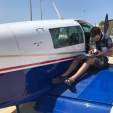
POH no Grass field performance documentation
Ibra replied to rturbett's topic in Modern Mooney Discussion
UK CAA has a good safety leaflet, with some ballpark recomanded safety factors. However, there is a lot of variability with grass, and when it is long and soft, the takeoff factor goes to infinity (at least what I measured once: I used 3000ft of 4000ft long grass few times in C172, aquaplaning for fun ) https://www.caa.co.uk/media/lpwhsrfn/safetysense12-strip-flying.pdf In M20J, I need 2100ft dry grass for landing and takeoff when it's dry and well cut, when it's wet or soft, I am not going. I also needs some wind or power to smooth touchdown if surface is rough... A well cut dry grass adds about 10% to the requirement. However, the most important elements in discussion are 1/ have you used Mooney in "other similar grass" and 2/ have you been in "that exact grass" in C172 or car? none of these questions relate to POH data -
I am visiting this year, no private flying unfortunately (it’s a long way in Mooney from France, maybe for 40 years old or 50 years old). I am very motivated to get there Wednesday night airshow: leaving wife and kids in Canada, flying WestJet from Montreal to Green Bay on Tuesday, Oshkosh on Wednesday day & night, then flying WestJet from Green Bay to Montreal before heading back to France on Friday. Hopefully meeting some Mooneys !
-
You know it's short (and hot) when the Mooney M20J starts cursing "*&&&#!" with stall warner on approche and liftoff "teet, teet...", this reminds me of American film broadcasted on British TV Nice pictures of Scilies, it was a lovely week for flying in UK !
-
Flew to Munich with family, to see some German friends and watch UEFA football cup: Paris PSG did win football final, ahem soccer final not NFL We also visited few museums (Schleißheim, Dutches, BMW), lot of engines & propellers enough to keep me and kids busy and wife bored. The return flight Munich-Paris was a long way with 30kts headwinds and lot of weather avoidance, however, the Mooney always delivers back home, this time the Europe football cup is back home !
-
That's the plan full clean on return (hopefully some rain on the way back). @MikeOH come on, you never had a wish to land in backgarden Thanks for the tips, I would go for full stop and walk before taxi. Sollas Beach should be OK in the right days and conditions, they had Trislanders and Caravans once, these are still "workhorses" but they are havy (8000lbs-9000lbs). As you say it's "condition dependent" what works one day, does not work the other. DA40 has same weight as M20J, slightly underperforms on soft surfaces. DA40 was fine on takeoff in Barra Beach, however, I would not take Mooney there as that sand was too wet with lot of water patches and aquaplaning. Nothing special about landing, it felt normal, the hard bit is spotting the main runway marks from overhead and on short final (latter on, I was told they had LPV procedure )
-
Thanks Guillaume, looks like you had the best of Scottish weather this week? I was thinking more about Sollas, I went to Barra years ago, we took DA40 (fiberglass and school aircraft), indeed, the sand is too wet with lot of standing salty water around (landing felt ok but takeoff was way too splashy) Maybe Paul in Rocket? @gsxrpilot ?
-
Anyone done it? I have landed Maule (MX7) and DA40 on Barra beach before, now thinking about going in Mooney. The plan is to wash it right afterwards for any salty water and change oil and air filters
-
In case some EASA registered are looking for this service. Not sure how much Mooney expertise they have for EASA regs? but some US “account managers” (including some in MooneySpace) are well versed when it comes to Mooney maintenance advices I have no connection or financial links with Savvy,
-
I tend to land on short runways, no way I am going around if I am late on touchdown, slow and things looks dodgy, I prefer to cut my loss and take the hit rather than doubling the stakes. For gear up, I would treat it the same, "you know you have landed gear up when you need full power to taxi" Most videos I saw of going around after gear up seems to be landing way too fast and act with split seconds, they are lucky that aircraft performs: some go up with winglets on propeller and stuck flaps ! While ago, I hit a bird in wooden vintage aircraft, right on landing touchdown, I decided to go around, the aircraft did not accelerate: the engine was vibrating and the stick felt wiggly, I pulled mixture, hold it until it landed and stopped, to my surprise, I lost 1/4 of my propeller blade...
-
Yes backup is dorm if camping is not possible. I was warned that every year or two "the flying tents" gets added to the airshow list
-
Thanks for bringing this on the table ! You are never happy with performance of single pilot hand flying IFR Unless one is flying some usual instruction sector or local procedure at home-base, it always feels “sub-optimal” when going elsewhere. So one have to accept that they will be “behind the aircraft” and “not happy about precision”, no matter how good they are I am fine hand flying but those flights require lot of currency and preparation which I can rarely afford on higher minima while being very familiar in easy airspace, while on auto-pilot I can push things further: complex airspace, plates minima, brief and prepare inside aircraft… I can fly radar ILS in complex airspace usingcoupled (or HDG/VS modes) on autopilot doing 180kias with all config and speed changes on short final doing to typical system minima but on hand-flying I would ask for procedural and 90kias final fully configured at FAF/FAP, stick to easy airspace down to typical circling minima. Same I would not fly long cruise without auto-pilot, the arrival and procedure while being tired of chasing needles for 2h tends to be interesting Go-Around and preparing diversion without auto-pilot is another nightmare.
-
Thanks for the information !
-
Hi Mooniacs, I am visiting KOSH with family from 22 July to 25 July, we are planning to camp at Camp Scholler and make most of it, especially the airshow night. I have some questions for those who have done "drive and camp" at Oshkosh, * Are there any nearby outfits where one can rent camping gear and tent for few days? I am looking for decent 4 people tent, folding chair/table and inflatable mattress. We are less keen on buying as we will be driving back to Canada to see family and fly airline back to France. * Is there an on-site transportation to move around? does one have to reserve spots? * Any tips or things to do for keeping kids busy and happy? I only visited by air once (without two toddlers and wife), so I did not have to ask these silly questions
-

What kind of clouds do you refuse to enter? Poll
Ibra replied to 201er's topic in General Mooney Talk
It depends at what hight one penetrates? and from which side? For vertical clouds, I am only flying lateral around and as long as as it’s upwind and low part, I am happy to taste it until I am not happy with “colour” or “age”, aka it gets too dark/bumpy I love it as it reminds me of interesting days when gliding ! Entering at 10k altitude in 20k tall cloud that is wet and mature is an awful experience, however, in northern Europe they rarely get that severe: it’s usually TCU rather than CB as dew point stays under 20C, I won’t compare it to the same 20k cloud in Southern Europe, Florida or Namibia when dew point hits 45C When flying with passengers I am likely using Avgas to fly in smooth air anyway (some will never fly light aircraft again) -
Indeed, the functions are usually performed by ATC rather than non-ATC. Usually, ATC are associated with controlled airspace (Alphat to Delta and including Echo), while "ICAO FIS/FSS" tend to cover pure Golf uncontrolled airspaces (sometimes not necessarily on air-to-air radio). In the lower states, I beleive Echo airspace is everywhere starting at 1200ft agl? so, it's as you mentioned the case of Echo ATC providing these services to VFR (in addition to controlling IFR). Maybe Alaska had different layout of Golf vs Echo airspace? Maybe this is also related, https://www.federalregister.gov/documents/2024/11/25/2024-27377/modification-of-class-e-airspace-alaska-ak On UFOs, my kid told his teacher "the air traffic controller told us they see them" (something was lost in translation)
-
Isn't "basic FSS coverage" required as per ICAO? at least for international flights (radio contact and flight following), search and rescue, triggered elt/plb, military-civilian coordination, as well as being aware of zones or events outside controlled airspace (NOTAM, TFR, ADIZ, Restricted Areas, Drones, Pireps, SoS...) I imagine there is not much international flights low level VFR flight plans to/from Alaska? or the majority of these are now talking to ATC who manage controlled airspace and instrument routes... While ago, I spoke to one Area FIS (FSS in Europe) about his mandate? the main ones are opening flight plans, coordination of search and rescue, however, he mentioned that he handled few UFOs reports by flight crew in the last years
-
Flew from France (Rouen LFOP) to Netherlands (Leylstad EHLE) to visit Luchtvaartmuseum, a nice collection of Dutch aviation heritage ! Nice weather all the way, we overflew tulipes farms at Keukenhof, it's not yet the season, so I had to go down to 500ft from time to time DC2 that flew Netherlands to Australia kids friendly playground (also for adults who never had the chance to grow or get spoiled)
-

N-registered Mooney down in Slovenia
Ibra replied to Igor_U's topic in Mooney Safety & Accident Discussion
I agree, even higher winds were challenging (beyond what one would go for when flying with passengers, maybe ok when flying alone), the cloud were building up by 1000, then things grow fast as the sun raises and likely unflyable at all by midday The Alps require good VMC for VFR crossing. For IFR, one need pressurization to fly VMC on top and maintain vectoring levels that Swiss ATC like. The backup route for return from Croatia VFR or low IFR is usually via Corsica, it needs Avgas, this has extra costs in terms of money and time, however, it's way bellow the entry cost required for aircraft equipment to fly in Alps that day: that SigWX chart seems to indicate one need +FL250 aircraft ! The valley flying in such marginal eather is better left to those based in those corners, someone transiting the area does not have enough elements and experience to judge how far actual from forcasts in unfamiliar ridges and valleys... The pilot holds an FAA 61.75 based on FOCA PPL without FAA instrument ticket, he likely was not legally rated to fly IFR, I am not sure if he is rated or trained to fly IMC at FL95 or how much VFR valley experience he has? this point is likely moot because the aircraft is not the right one and he was not properly equipped for that route at that time, it can't fly fast and high above the cloud tops and can't fly low and slow under the cloud bases... -

N-registered Mooney down in Slovenia
Ibra replied to Igor_U's topic in Mooney Safety & Accident Discussion
This one is an Ovation, it has EASA TCDS and can be moved into EASA-reg with no issues Yes sometimes it make sense to keep N-reg because of certification or modifications, for instance, the 310hp STC by Midwest for Eagles and Ovations is approved by FAA but not yet approved by EASA in Europe or CAA in UK, it's a lengthy path to get this one validated, so the pilots will have to stay with de-rate engine at 2500rpm as they transfer registration to Europe. In the other hand, some standard modifications can be done on EASA (CS-STAN) by pilot without requiring inspector signoff (337). These are examples out of many, -

N-registered Mooney down in Slovenia
Ibra replied to Igor_U's topic in Mooney Safety & Accident Discussion
Thanks for what you are doing for fellow Mooniacs ! I don't have family contacts, but the pilot name was released to press today, https://www.observatoiredeleurope.com/le-contributeur-suedois-de-la-baie-de-pirate-de-pirate-carl-lundstrom-decede-en-slovenie_a65169.html -

N-registered Mooney down in Slovenia
Ibra replied to Igor_U's topic in Mooney Safety & Accident Discussion
Historically yes as FAA rules for licensing, operation and maintenance were lighter and pragmatic for private operations, the JAA/JAR required compliance with airline rules. Less advantages now as new EASA rules were tailored for GA operations and they have mirrored FAA rules when it comes to non commercial operations (NCO, Part-ML...are now in force since 2020) Pilots can have N-Registered aircraft based in Europe as long as they have "dual papers" for EASA & FAA licences -
Picked aircraft from it's annual, and flew VFR the afternoon in Belgium and night in France, finally I bited the bullet and installed new LED to replace old bulbs, following advice from Mooniacs here ! That's a nice call sign (goes well with "OH-FBI") Sunset over Amiens (LFAY)
-
Have personal minima, test them, adjust +/-, rince and repeat There is more to it than just visibility and ceiling numbers, variable currency and past experience? home-base vs unfamiliar places? limit utilitization tells you how restrictive or aggressive? long story short, there are more factors than a single number and single limit, it's multifactor and ideally you have to stay in the middle, if you go near the edges pick one thing at the time, don't be that guy who is on low fuel going max crosswind with low visibility on tighter runway because he is coming fast with no flaps due to icing... For terminal weather, most private IFR pilots will regularly fly in typical SVFR conditions with occasional CAT-I landing 2 to 4 times per year depending how much they fly. Don't bust system minima: some even normalize it, then one day luck teach them to stay clear, if they are lucky to have a lesson and walk away. For en-route weather, I don't think it's easy to have hardcoded minima? some have VMC en-route, others would fly in anything not frontal or bellow freezing point, then few ones will fly frontal weather in winter and summers bellow freezing levels. No matter what you choose, have plan B and C, even flying in same cloud twice with same forcast 2h appart give you two completely different experiences ! Some pilots rely on planning information to mitigate weather risk (cancel trip, depart early, depart later) others deal with it dynamically as more airborne information comes during flight (have a look with plan to divert), if you have plan and process you can call this "risk-reward appetite", if not you are relying on luck and "hope is not a strategy".

